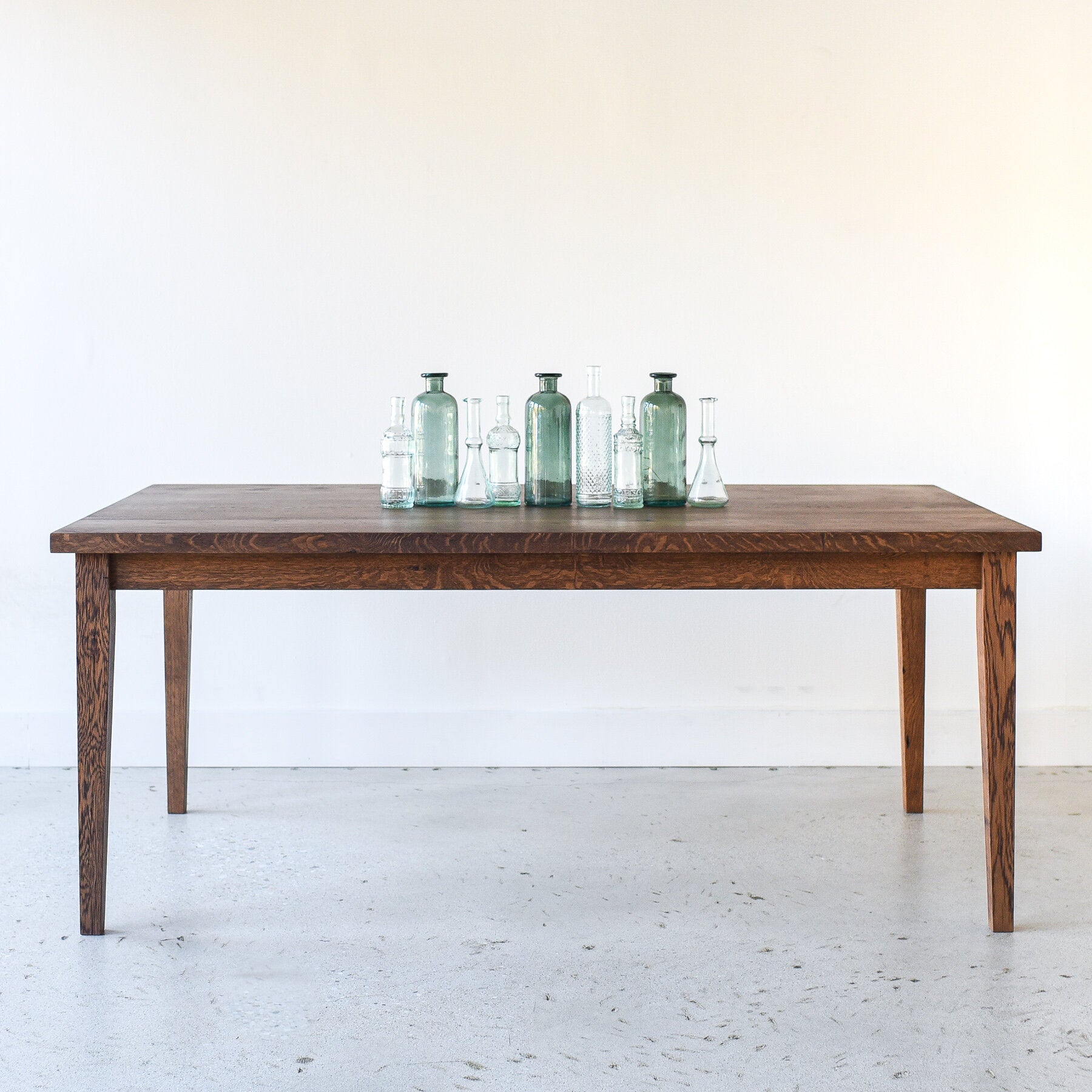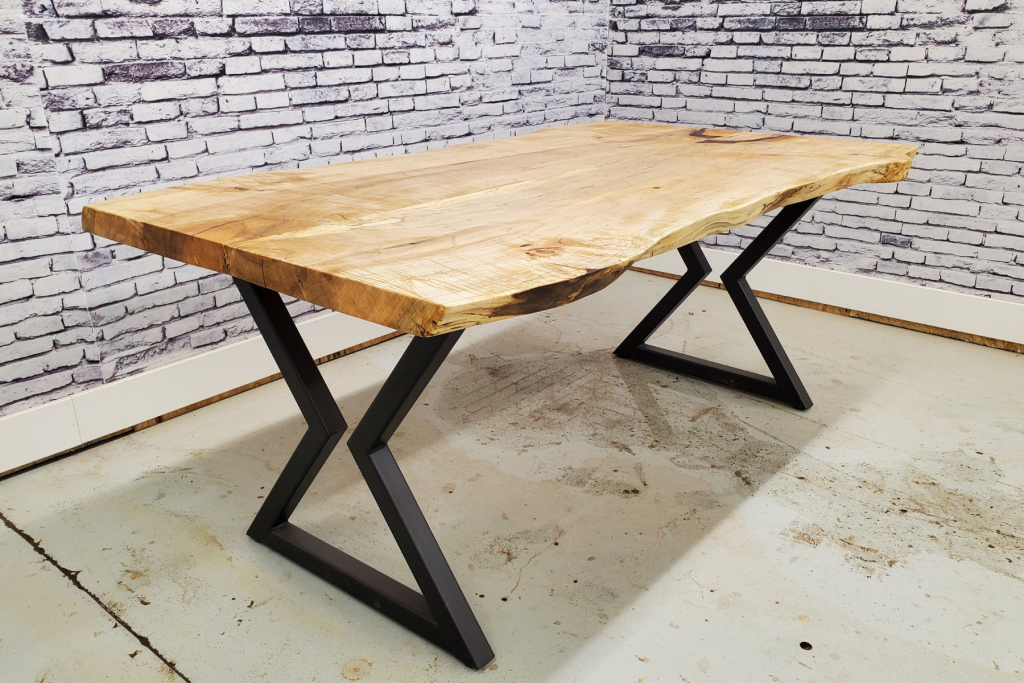Bring Heat and Personality to Your Space with Dining Table Legs Wood
Bring Heat and Personality to Your Space with Dining Table Legs Wood
Blog Article
Important Considerations for Picking the Right Table Legs Wood
Selecting the ideal timber for eating table legs includes a nuanced understanding of numerous variables that affect both capability and visual appeal. The selection of wood type, ranging from durable woods to extra fragile softwoods, plays a crucial role in ensuring resilience and security. Additionally, factors to consider relating to budget plan, upkeep, and style need to be carefully assessed. Each of these aspects can substantially affect the overall experience of your eating space. Comprehending just how these elements interrelate is important for making an informed decision that meets your details demands and choices - Dining Table Legs Wood. What considerations will you focus on in your option process?
Importance of Wood Type

Hardwoods, such as oak, maple, and walnut, are frequently chosen for their strength and resistance to wear. These types of timber give a durable structure that can stand up to day-to-day usage, making them suitable for dining tables that experience regular gatherings. On the other hand, softer timbers like ache may be much more vulnerable to scrapes and damages, which might not be ideal for high-traffic locations.
Furthermore, the selection of wood can additionally affect the ease of maintenance. Some woods need normal oiling or securing to preserve their look, while others might be much more forgiving. Inevitably, selecting the ideal timber type includes stabilizing aesthetic considerations with functional requirements, guaranteeing that the eating table legs not just look appealing however also stand the test of time.
Analyzing Stability and Stamina
When assessing dining table legs, one have to consider the stability and strength they supply to the overall framework. The legs are critical in sustaining the table top and ensuring the eating experience is delightful and risk-free. A stable table is crucial for avoiding tottering or tipping, which can bring about spills or crashes during dishes.
The choice of timber kind considerably influences toughness. Hardwoods such as maple, walnut, and oak are typically a lot more durable and resilient than softwoods like ache or fir. Additionally, the thickness and layout of the legs play an essential function; thicker legs or those with a conical style can supply better support and stability.

Visual Considerations
While performance is critical, the visual appeal of eating table legs can not be forgotten, as they substantially affect the overall design and setting of the dining space. The option of wood, design, and surface can take away or boost from the table's visual impact.

Surfaces additionally play a critical duty in visual appeals. An all-natural finish can highlight the timber's inherent elegance, while painted or discolored legs can present shade and personality right into the room. Moreover, the proportion and scale of the legs about the table top and bordering furniture should be taken into consideration to ensure aesthetic balance and cohesion.
Eventually, the eating table legs should not just offer a useful objective but also contribute to a cohesive and inviting environment, making them a crucial factor to consider in the total layout of the eating location.
Maintenance Requirements
To make sure long life their explanation and maintain the elegance of wood table legs, normal upkeep is necessary (Dining Table Legs Wood). Timber is an all-natural product that can be prone to harm from wetness, warm, and use. Developing a regular care plan will dramatically boost the longevity of your eating table legs.
Begin with routine dusting making use of a soft, lint-free fabric to eliminate dirt and particles that can scrape the surface. For even more detailed cleansing, use a moderate soap service and damp cloth, staying clear of excess dampness that might seep right into the wood. It is recommended to apply a high-quality timber polish or conditioner every few months to nurture the wood and keep its appeal.
Furthermore, think about the setting where the table is put. Stay clear of straight sunlight, as it can trigger fading, and use placemats or coasters to safeguard the surface area from warmth and wetness. Deal with any damages or scratches promptly with proper wood filler or touch-up pens to avoid further wear and Your Domain Name tear. By sticking to these maintenance needs, you will not just preserve the aesthetic allure of your wooden table legs however additionally prolong their useful lifespan.
Budget Plan and Price Variables
Spending plan and cost factors often play an essential function in the decision-making process for choosing wooden dining table legs. When assessing alternatives, it is important to develop a clear budget plan that lines up with your general furnishings investment. The price of wood table legs can vary considerably based on the type of design, wood, and workmanship complexity.
Woods such as walnut, cherry, and oak generally command greater rates because of their toughness and aesthetic appeal. On the other hand, softer timbers like yearn may be more economical but could not use the exact same longevity. In addition, custom or artisan-crafted legs can sustain additional costs, mirroring the ability and time invested in their production.
It is likewise important to consider the potential long-lasting value of your financial investment. While selecting lower-cost products may appear economically prudent initially, they might require even more frequent substitute or repair work, inevitably enhancing overall expense.
As a result, balancing quality and price is crucial. Prioritize products that meet your visual preferences while guaranteeing they fit comfortably within your budget plan, permitting you to produce an eating area that is both aesthetically appealing and practical.
Verdict
In final thought, choosing the proper timber for dining table legs requires cautious consideration of different aspects, consisting of timber type, stability, looks, upkeep, and spending plan. Inevitably, a knowledgeable choice will enhance the longevity and visual appeal of the eating table, making certain contentment and capability for years to come.
Selecting the ideal type of wood for eating check out here table legs is critical for both visual charm and structural integrity. Ultimately, selecting the ideal timber type involves stabilizing visual considerations with practical requirements, making certain that the eating table legs not only look enticing yet likewise stand the test of time.
It is suggested to use a top notch wood gloss or conditioner every couple of months to nourish the timber and preserve its radiance.
The price of wooden dining table legs can differ considerably based on the type of design, workmanship, and wood complexity.
In verdict, selecting the proper timber for eating table legs necessitates cautious consideration of different factors, consisting of wood kind, security, looks, maintenance, and spending plan.
Report this page